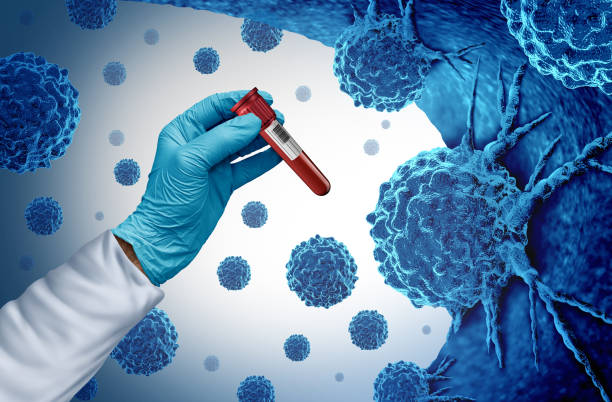A new study reveals how an anticancer drug triggers an “outside-in” signaling process that pulls it into cancer cells, uncovering a novel mechanism that could be harnessed for drug delivery.
Published on January 29 in Nature Communications, the research highlights a previously unknown signaling pathway that may be useful for delivering other therapeutics.
Many aggressive cancers overexpress P-cadherin, a protein embedded in the cell membrane. Since cancer cells display abundant P-cadherin on their surface, it has been a key target for drug development. Monoclonal antibodies designed to bind P-cadherin can carry drug payloads directly to these cancer cells. However, the precise mechanism of how these antibodies attach to P-cadherin and enter the cancer cells has remained unclear.
Graduate students Bin Xie and Shipeng Xu, along with Professor Sanjeevi Sivasankar at the University of California, Davis, conducted a series of experiments to closely examine how the antibody CQY684 binds to P-cadherin. Their findings show that P-cadherin exists as a dimer—paired with another P-cadherin molecule on the surface of an adjacent cell—helping to facilitate this novel drug uptake mechanism.
This dimer can adopt two different conformations: a more open “strand-swap” dimer and a cross-shaped “X-dimer.”
The researchers discovered that when the anticancer antibody binds to P-cadherin, it locks the protein into the X-dimer form. This stable X-dimer then triggers a chemical signal that causes the surrounding membrane to pinch off, forming a tiny bubble that pulls the complex into the cell.
Once inside, the entire P-cadherin/antibody/drug complex is transported to the lysosome, where it is broken down.
“Our results establish an outside-in signaling mechanism that provides fundamental insights into how cells regulate adhesion,” The authors noted that identifying the binding targets for cadherin-specific antibodies could aid in designing drugs that leverage this pathway to locate and eliminate cancer cells.





